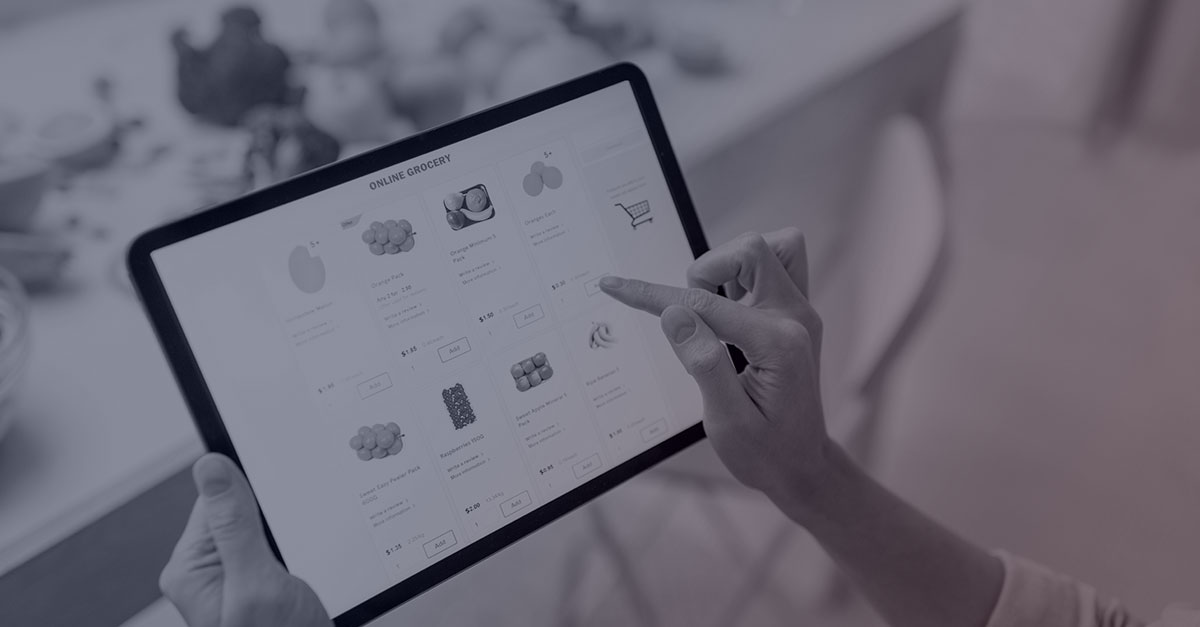Sep'22·Andrés Auchterlonie·3 MIN
4 Ways You Can Use Contextual Advertising in the Food and Beverage industry


Interested to find out more about how our contextual advertising can help you boost your brand?
For Advertisers For PublishersGet the latest news about Contextual Advertising right into your inbox!
Food and beverages industry is a space that is always in demand and continues to grow at a rapid pace. The industry is continuously innovating to discover ways to cater to consumer demands and keep up with technology trends. To stay abreast of the latest in F&B and deliver a modern experience, businesses need to stay in the know about consumer interests.
Contextual advertising is a great way for the food and beverages industry to engage with consumers while being respectful of their privacy. Here’s what the market opportunity looks like - The global food and beverage market size is expected to grow from $6.4 trillion in 2022 to $8.9 trillion in 2026 at a compound annual growth rate of 8.7%.
Going contextual: Industry highlights and trending content territories
According to our Q3 2021, Food & Beverages Data Seedtag Analysis, these are the 3 key content clusters you must leverage in your contextual advertising strategy to keep up with the industry trends -
- Local & Natural Products: 5% of total visits - 8.6M visits/month
- Functional Food: 4% of total visits - 6.8M visits/month
- Delivery & Takeaway: 1% of total visits - 1.7M visits/month
Functional and health & wellness foods are increasingly gaining prominence as they pique consumer interests. The global health and wellness food market was valued at USD 733.1 billion in 2020 and is projected to increase to USD 1 trillion U.S. by 2026. On the other hand, in 2021, the global functional foods and beverage market was worth USD 281.14 billion and is forecasted to be worth over half a trillion USD by 2028.
The food delivery business saw a significant boost during the pandemic and continues to grow ever since. Today, 992 million people use restaurant-to-customer services to order food online while 972 million people use online food delivery platforms.
Contextual strategy pillars: Leveraging insights and content trends
Territory 1: Local & Natural Products
The trending territories are alcoholic beverages, small businesses, and the environment.
Key consumer insights
- Local production of alcoholic beverages
- Local and natural production methods of fruit, vegetables, and milk derivatives
Territory 2: Functional Food
The trending territories are sporting nutrition, health, vegetarian & vegan.
Key consumer insights
- Information about the impact of certain products and diets on their health.
- Recipes and ingredients with protein and carbs to get fit
- Benefits of Natural and Detox juices, and how they can help to achieve diet goals
Territory 3: Delivery & Takeaway
The trending territories are restaurants, business news, and special events.
Key consumer insights
- Headlines are mainly driven by discounts and promotions linked with brands. This content is not very popular outside of events like Black Friday
- Content that attracts the most visits is not just related to promotions, but new places, products, and the promotions linked to this.
To know more about trending keywords, key publishers, and insights from each territory? Our Food and Drinks Industry Report gives you all the details to plan contextual campaigns with data-driven insights.
4 ways you can develop a winning contextual advertising strategy in the food and beverages industry
- Content deep dive
It is important to understand how each product is portrayed in the content universe, and what percentage of product content is related to each topic. Deeper understanding of products and topics helps cater to areas of audience interest and create impactful content.
- Competitor take down
Identify and analyze your competitors’ mentions and positioning. Leverage this data can help enhance understanding and create a conquest strategy adapted to each of your competitors. Recognizing the nearest competitors helps your brand create data-driven content strategies.
- Timing the connect right
Consumers search for specific content types during social events, as a way to get recipes, and check snacks, and products. Events are different in each country, so it’s important to check dates while creating a contextual ad strategy. Identifying the optimal moment to connect with your consumer has a significant impact on ad performance metrics.
- Developing customized creatives
Design creatives that pique user interest and engage better. Developing contextual creatives.
At Seedtag, we utilize our AI contextual intelligence to help brands create engaging campaigns without the use of any third-party cookies.
+533% increase in spontaneous brand awareness.
+17% increase in the association with the brand statement.
+39% unaided brand awareness.
These are the results we have delivered for our clients in the food and beverages industry using our contextual intelligence, LIZ®, and exclusive program, Seedtag LAB.
To know more about Seedtag and speak to a contextual advertising expert, click here.





